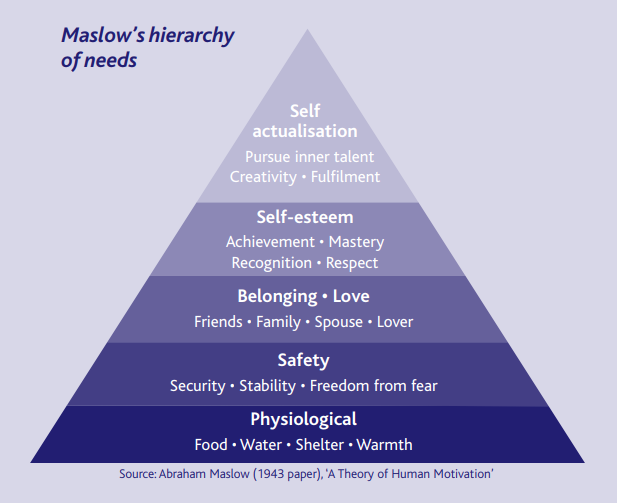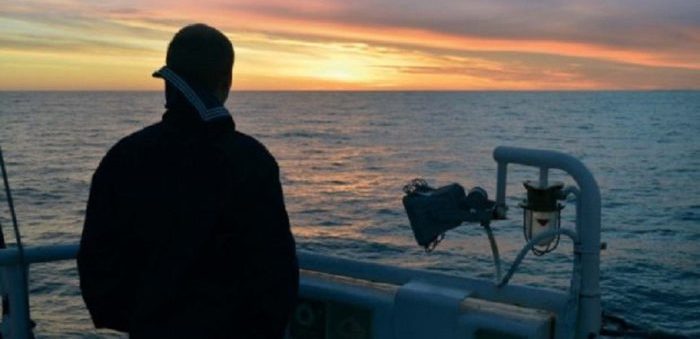ISWAN, ICS and InterManager launched a new guidance for shipping companies and manning agents, on dealing with situations involving missing seafarers. The guidance covers managing relationships onboard, actions that should be taken, and managing relationships with the families of seafarers who have gone missing. It includes details of recommended procedures to follow, templates and scripts for communicating with families, and further resources including contact details for reporting incidents of missing seafarers.
Good practice before an incident
Preparation to handle an incident is paramount, and training should include psychological and practical aspects. When planning training, the company should take into account:
- Visibility of incidents has increased awareness of the risk of such incidents amongst seafarers.
- Seafarers have concerns for their families should anything happen to them.
- Changing global situations require continued monitoring and appropriate preparations.
- Awareness of possible dangers may make seafarers more vigilant but also reluctant to sail in certain waters.
- Fear of captivity or physical abuse may provoke anxiety amongst seafarers.
- The need, post-incident, to preserve forensic evidence for any investigation that might be undertaken, including not clearing up mess or cleaning the ship and cabins until the investigation has been completed.
- Circulation of the company contingency plan for such situations to crew and shore-based staff.
- To the extent possible, how to avoid the risk that someone wants to go missing in the first place. This is all about leadership and management.
- Having procedures for early possible detection of someone missing, both when in port or at sea. Effectively monitored signing in and signing out at the gangway in port is very effective. At sea, rely on watch handovers and vigilance of others. It is important to formalise a routine for regularly checking everyone is back on board. The Officer on Watch for the day should be informed when everyone is back on board. Stragglers should be chased up.
- Having procedures for confirming that someone is missing – mustering the crew when a missing person is suspected.
- Having procedures for finding people on board – initiating a methodical search of the ship once a person is confirmed missing. Whether the ship reverses course to try find a person suspected as going overboard would be a call for the Master.
- Initiating a search is not so easy ashore, and is probably a matter for local authorities, with a search informed by the last known whereabouts (if known). It may be useful to ask seafarers to write down where they are planning to go in a log book.
Seafarers could be reassured if the following is included in the training:
- Pre-planned methods of communication with the company during an incident and reporting to a single global contact.
- A company plan to communicate with and provide support for the seafarer’s family.
- A clear understanding of the financial implications relating to the seafarer in such instances.
- If applicable, payments for entering a high risk area agreed between unions and management.
- Techniques to assist seafarers to remain selfcontrolled and optimistic.
- Leadership skills are important, as leadership and team cohesiveness are always needed.
- Company policies.
- Personal responsibility for seafarers to inform themselves about potential threats.
- Familiarity with the preparation and use of an emergency communication plan, including all essential emergency numbers and prepared messages.
- Personal safety of the seafarer should be of primary concern.
- Advise of emergency contact procedures for seafarers when ashore. Requiring everyone to provide up-to-date contact details and to proceed ashore with fully charged mobile phones often helps. International phone cards are also useful. Whilst they only support one way communications, it’s a good way to ensure someone has a back-up to call the ship or the local authorities if they are mugged etc. This can help avoid someone going permanently missing

During an incident
The company should emphasise that:
- Seafarer personal safety is paramount.
- The response will vary depending on the type of incident.
- In more serious incidents the company will put in place a crisis management team to ensure all necessary actions are taken.
The company should also bear in mind:
- ‘The need to survive’ is the initial basic instinct of a seafarer.
- All seafarers cope differently in a given situation. Some may initially handle situations well, while others may have reactions including shock, fear, anger, a sense of unreality, a sense of immediate physical vulnerability and a loss of trust in management (on board and ashore).
After an incident
After an incident, there should be a well pre-prepared plan in place. Company representatives ashore should be aware that seafarers may find it difficult to accept the situation of losing a colleague and not knowing if they are alive. After an incident the company should consider the needs and requirements of seafarers affected, including:
- Vessel/seafarer location
- Relocation of the vessel
- Personal and organisational preparedness
- Length of captivity/incident
- Nature and severity of physical and psychological treatment
- Level of isolation/bonding/divisions within the crew
- Availability of family communications
- Level and style of leadership exercised
- Reassurance being given to the concerned seafarer/their family that the company will support their reintegration and rehabilitation process.
The full psychological impact of such actions may only be fully realised after a seafarer has reached home, or even later. Several released seafarers have reported loss of self-esteem and self-worth, and an inability to discuss an incident with anyone other than colleagues who shared the experience.
Explore more herebelow:


































































